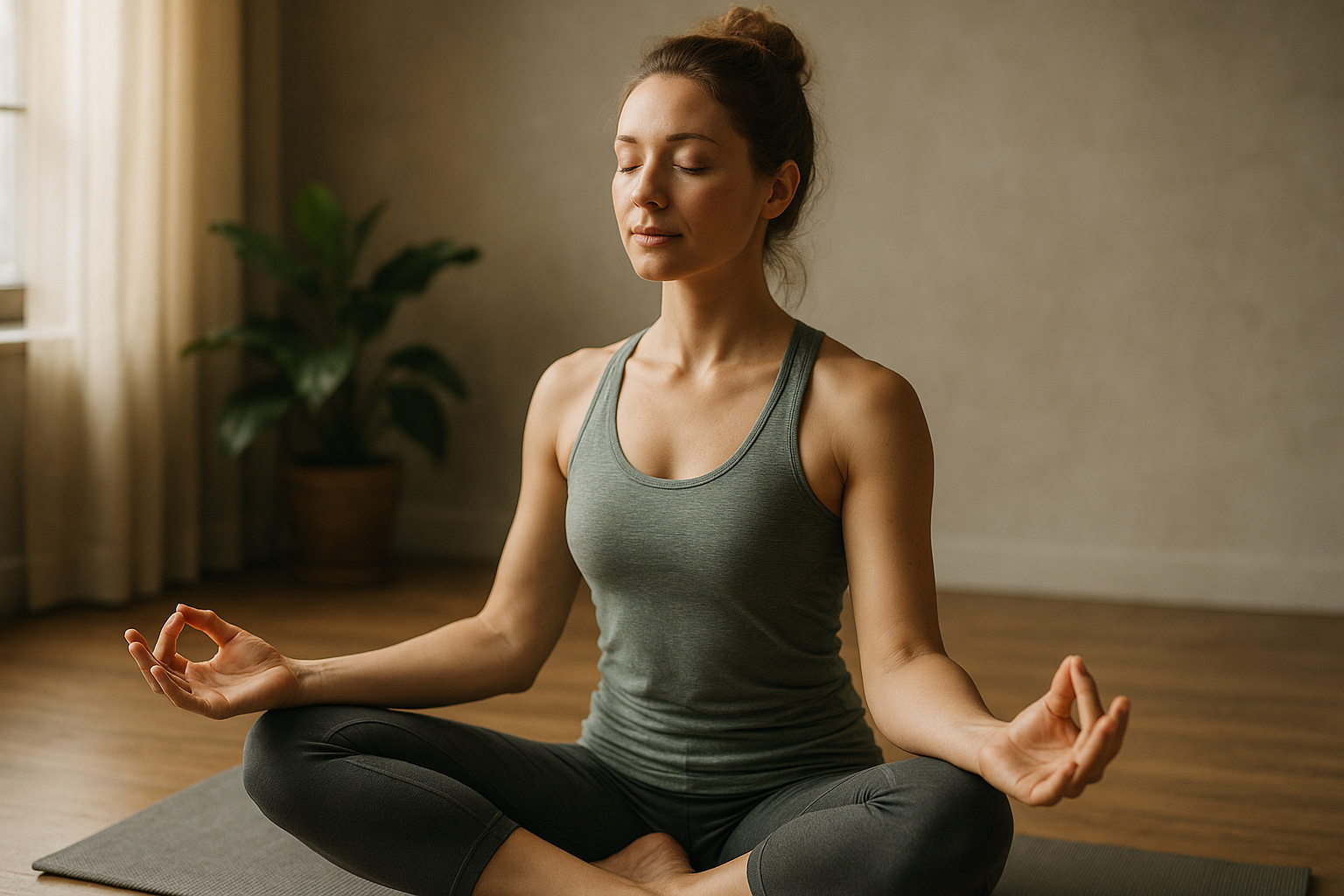Creating Home Spaces That Encourage Healthy Habits
Designing home environments that gently support daily routines can improve sleep, movement, nutrition, hydration, and mental health. Practical adjustments to layout, lighting, and storage reduce friction and help establish lasting self care and habit patterns.

Thoughtful arrangement of furniture, lighting, and storage can make healthy choices the path of least resistance. Instead of relying on willpower alone, design cues and small rituals embedded in your home encourage consistent sleep, movement, mindful moments, balanced nutrition, and recovery. This piece outlines practical, evidence-aligned approaches to shaping rooms and routines that support resilience, reduce stress, and promote overall mental health and physical balance.
Mindfulness and meditation spaces
Set aside a compact, low-distraction corner for mindfulness and meditation. Natural light, a small cushion or chair, and simple sensory elements—such as a plant or soft fabric—help signal the brain that this is a place for calm. Keep short guided recordings, a timer, or a journal within reach to reduce barriers to practice. Even brief daily meditation sessions can improve stress regulation and support mental health by fostering present-moment awareness and emotional clarity.
Supporting sleep and recovery
Bedrooms that prioritize darkness, cool temperatures, and minimal stimulation support restorative sleep and recovery. Use blackout curtains, dimmable lamps, and avoid bright screens in the hour before bed to cue circadian rhythms. Choose bedding and pillows that maintain comfortable posture and reduce nighttime discomfort. A consistent pre-sleep routine—hydrating earlier in the evening, light stretching, or brief breathing exercises—helps the body transition into recovery mode and improves sleep quality over time.
Encouraging movement and posture
Design spaces that invite regular movement and support good posture during sedentary tasks. Create a small open area for stretching or short movement routines, and position frequently used items so they require standing or a short walk. Invest in an ergonomic chair or lumbar support, and add visual reminders to change position or perform a quick posture check every 30–60 minutes. These habits reduce stiffness, support musculoskeletal health, and enhance overall physical resilience.
Nutrition, hydration, and routine
Make nutritious choices and hydration visible and easy to access. Store whole foods and ready-to-eat produce at eye level, use clear containers for portion control, and keep a marked water vessel or hydration station in the kitchen or workspace. Batch-prep simple meals and snacks to lower decision fatigue, and maintain predictable mealtimes to stabilize energy and digestion. Consistent routines around eating and drinking reinforce healthy nutrition and hydration habits across daily life.
Reducing stress and building resilience
Balance predictable routines with restorative flexibility to strengthen resilience and reduce stress. Designate areas for focused work and separate spots for decompression—reading nooks, soft lighting zones, or a small area for light movement. Limit constant digital interruptions by creating tech-free windows or spaces in the home. Include elements such as plants, calming artwork, or textured materials to provide sensory buffering; these subtle cues help regulate mood and support sustained mental health.
Self care, habit formation, and recovery
Create dedicated self care stations to make recovery rituals automatic: a bedside glass and journal for morning reflection, a shelf with simple recovery tools, or an entryway basket for outdoor shoes and movement props. Use habit-stacking to connect new practices to established routines—pair a short breathing exercise with tooth brushing or a five-minute stretch after making coffee. Visual trackers or a simple checklist can reinforce consistency and help turn small actions into reliable habits.
This article is for informational purposes only and should not be considered medical advice. Please consult a qualified healthcare professional for personalized guidance and treatment.
Small, intentional design choices reduce friction and increase the likelihood that healthy behaviors will stick. By arranging home spaces to encourage mindfulness and meditation, prioritize sleep and recovery, facilitate movement and good posture, and make nutrition and hydration obvious, you can cultivate routines that support resilience, reduce stress, and enhance mental health and balance in everyday life.





